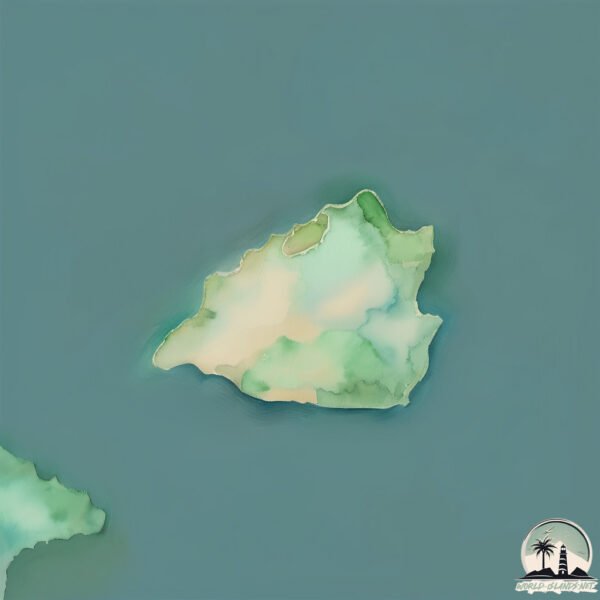Welcome to Christmas , a Temperate island in the Great Australian Bight, part of the majestic Indian Ocean. This guide offers a comprehensive overview of what makes Christmas unique – from its geography and climate to its population, infrastructure, and beyond. Dive into the details:
Geography and size of Christmas
Size: 0.807 km²Coastline: 4.5 kmOcean: Indian OceanSea: Great Australian BightContinent: Oceania
Christmas is a Tiny Island spanning 0.807 km² with a coastline of 4.5 km.
Archipel: –
Tectonic Plate: Australia – A major tectonic plate covering Australia, New Zealand, and parts of the Indian and Pacific Oceans, known for its relative stability and occasional seismic activity.
The geographic heart of the island is pinpointed at these coordinates:
Climate and weather of Christmas
Climate Zone: TemperateClimate Details: Warm-Summer Mediterranean ClimateTemperature: Warm Summer
Climate Characteristics: Characterized by warm, dry summers and mild, wet winters, typical of coastal areas with abundant sunshine Rain is more common in the winter months, maintaining a moderate climate.
Topography and nature of Christmas
Timezone: UTC+10:00Timezone places: Australia/SydneyMax. Elevation: 9 m Mean Elevation: 6 mVegetation: Open WoodlandTree Coverage: 80%
The mean elevation is 6 m. The highest elevation on the island reaches approximately 9 meters above sea level. The island is characterized by Plains: Flat, low-lying lands characterized by a maximum elevation of up to 200 meters. On islands, plains are typically coastal lowlands or central flat areas.
Dominating Vegetation: Open Woodland
Vegetation: 2 vegetation zones – Low Diversity Island
Infrastructure and Travelling to Christmas
Does the island have a public airport? no .
Does the island have a major port? no .
The mean population of Christmas is 1 per km². Christmas is Uninhabited. The island belongs to Australia .
Continuing your journey, Hunter is the next notable island, situated merely km away.
Christmas Island: Close to Indonesia but belongs to Australia
Christmas Island or Christmas Island, is an Australian external territory located in the Indian Ocean. It is about 350 kilometers ...
Christmas Island: Close to Indonesia but belongs to Australia
Christmas Island or Christmas Island, is an Australian external ...
Christmas Island or Christmas Island, is an Australian external territory located in the Indian Ocean. It is about 350 kilometers ...
The Story Behind the Red Crab Migration on Christmas Island
You may have seen the viral images of millions of red crabs shutting ...
You may have seen the viral images of millions of red crabs shutting down roads as they crawl across Australia's Christmas Island ...
Christmas Island - A Natural Wonder
Rising majestically from the tropical depths of the vast Indian ocean, ...
Rising majestically from the tropical depths of the vast Indian ocean, and surrounded by azure waters lies a stunning Natural ...
Australia is classified as Developed region: nonG7: Developed economies outside of the Group of Seven, characterized by high income and advanced economic structures. The level of income is High income: OECD.
News – Latest Updates and Headlines from Christmas
Stay informed with the most recent news and important headlines from Christmas. Here’s a roundup of the latest developments.
Loading...
Please note: The data used here has been primarily extracted from satellite readings. Deviations from exact values may occur, particularly regarding the height of elevations and population density. Land area and coastline measurements refer to average values at mean high tide.

